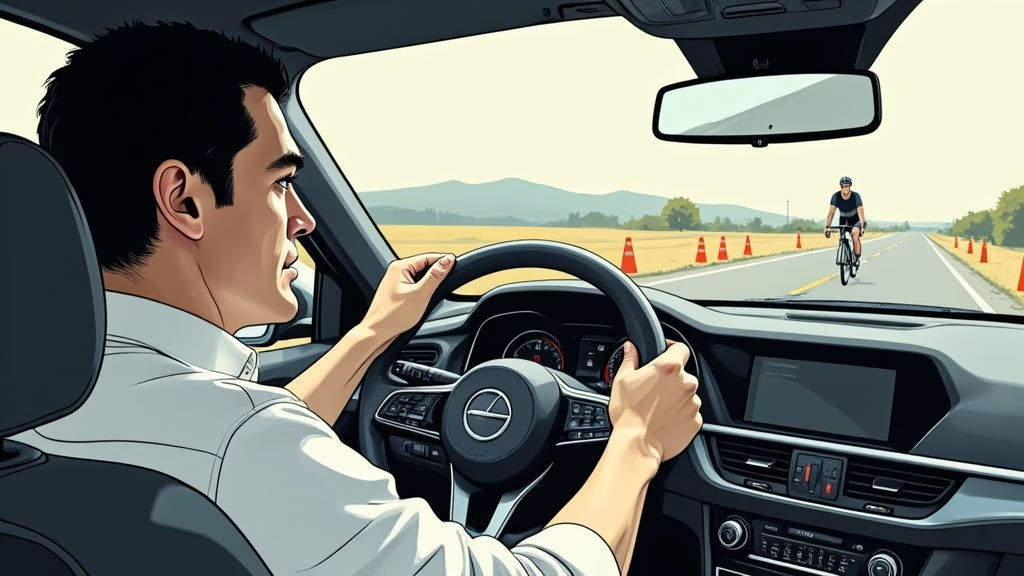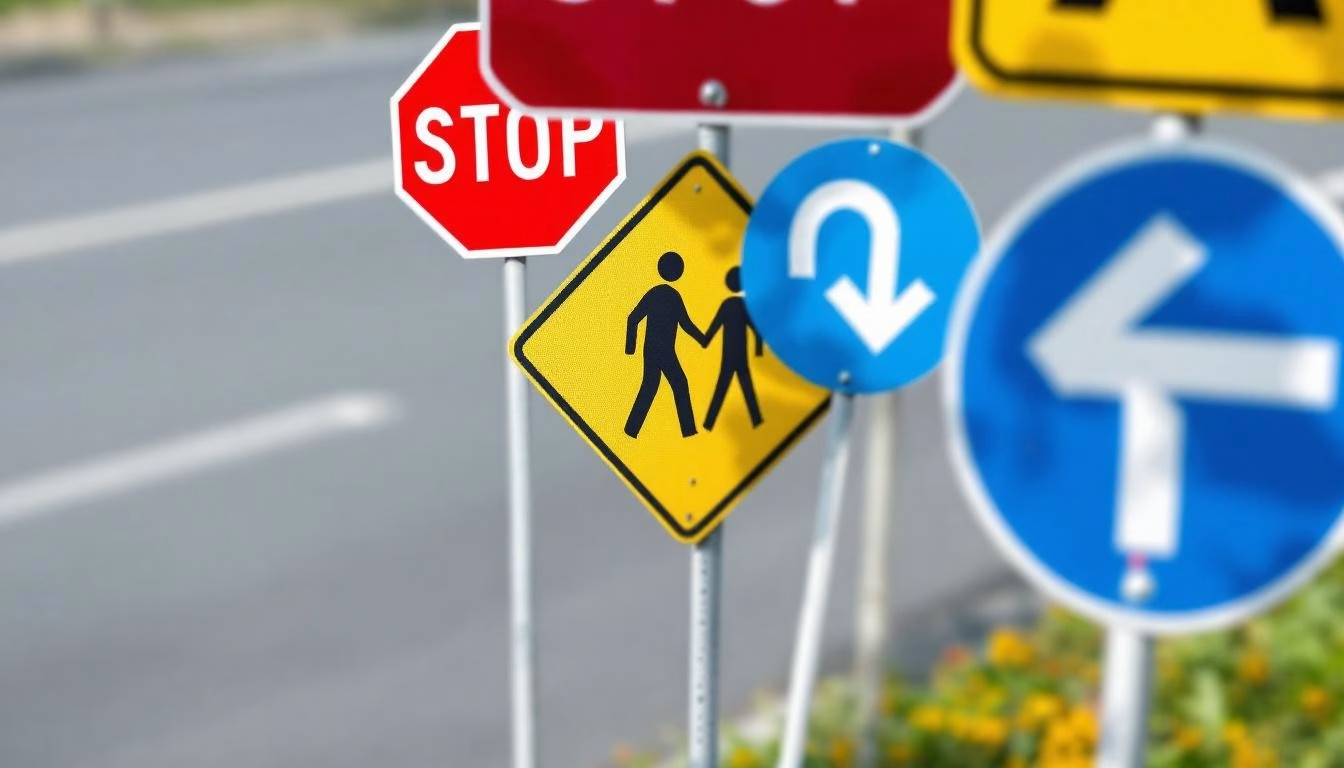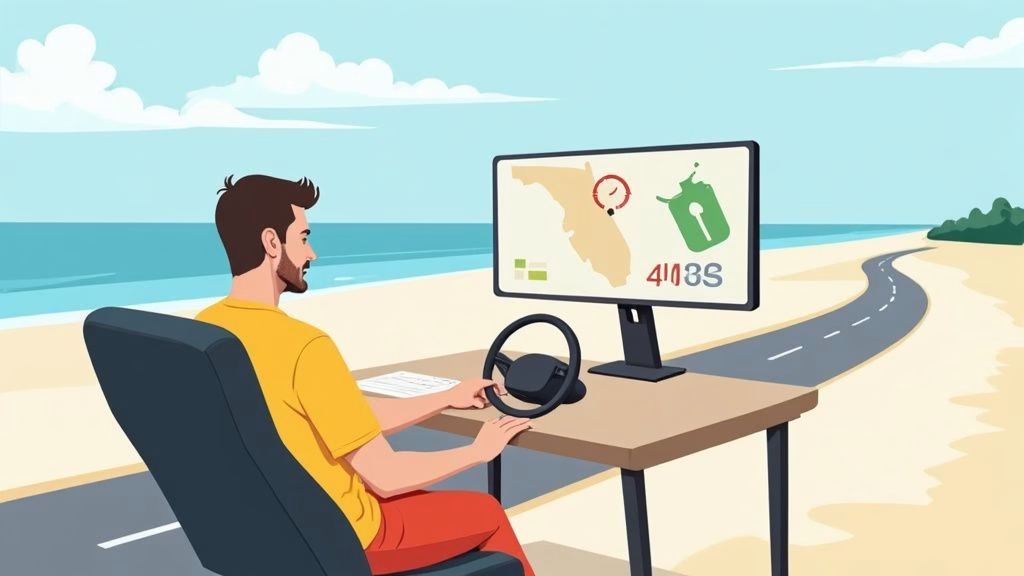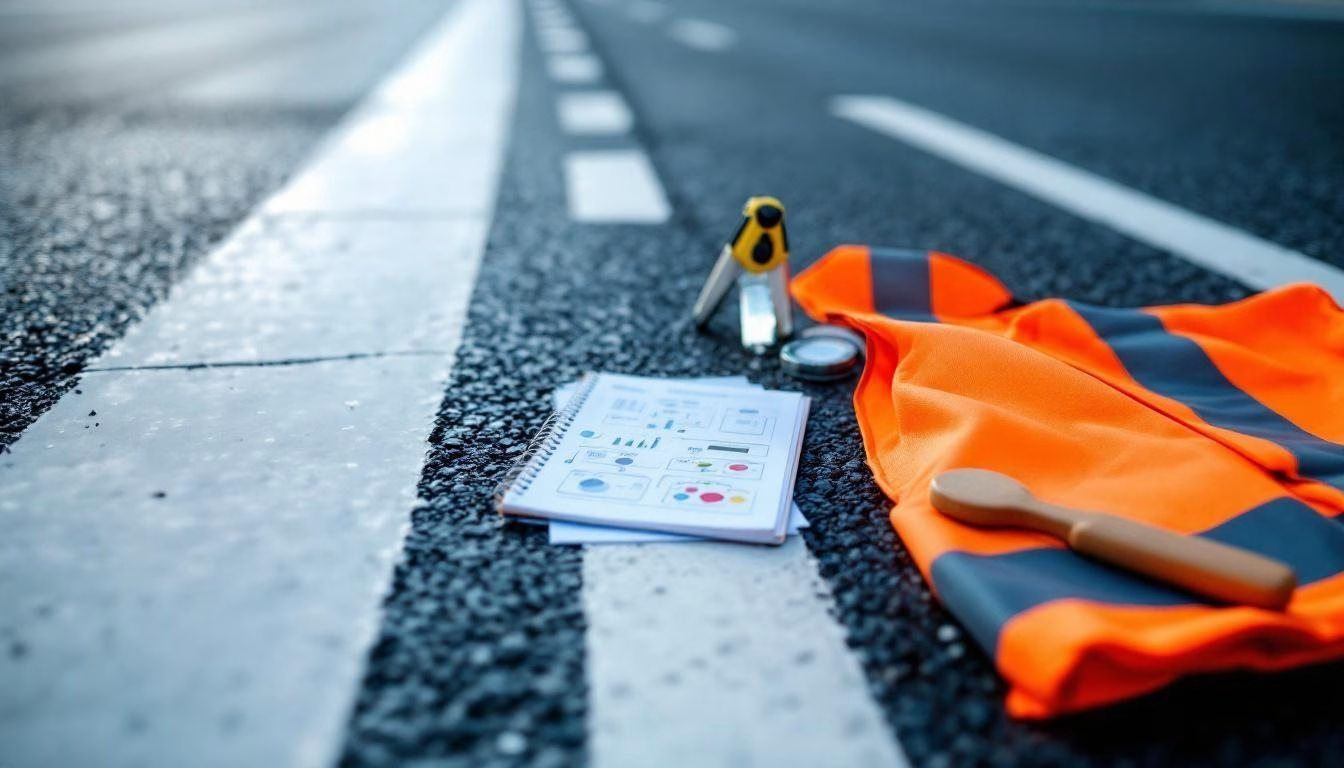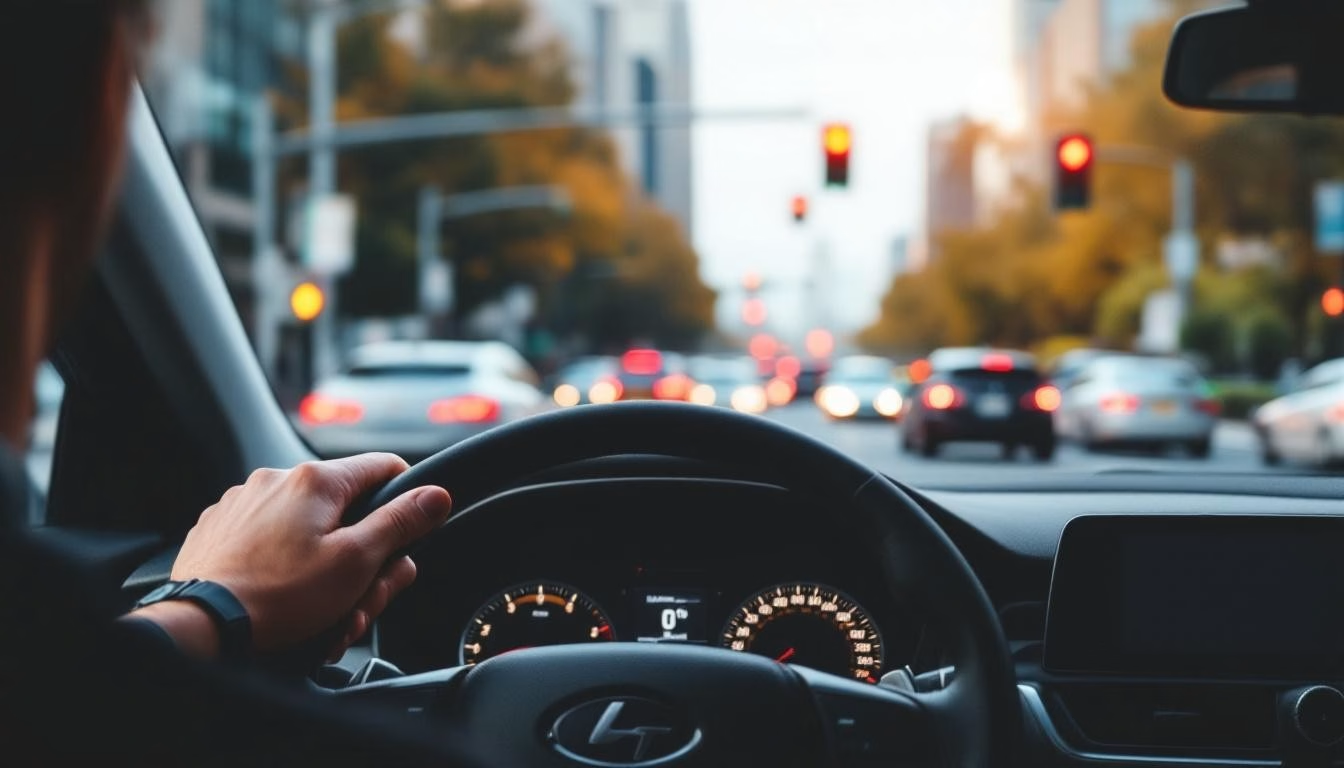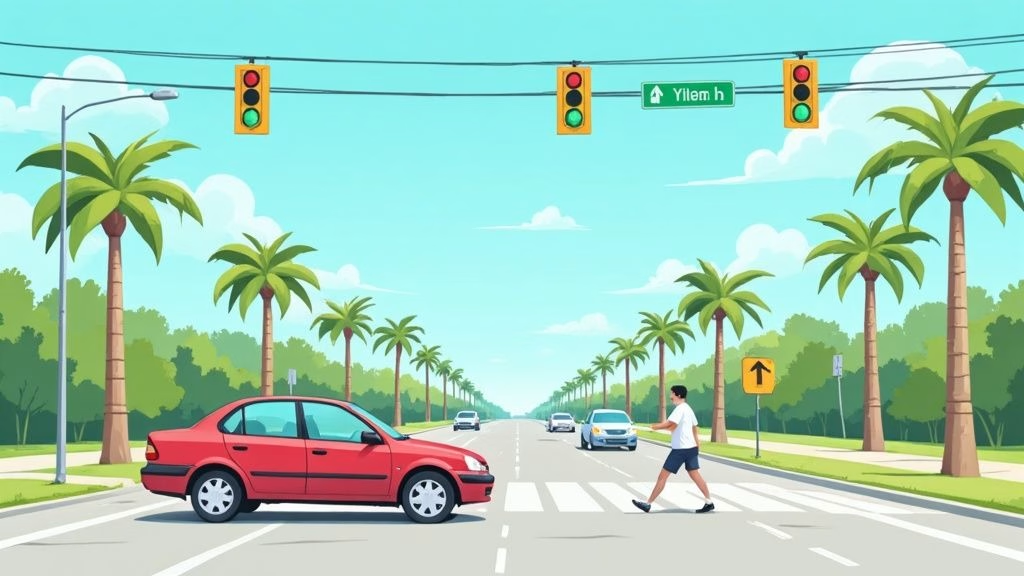Getting a speeding ticket doesn’t mean you have to accept defeat. Statistics show that roughly 30% of drivers who contest their tickets in court see positive outcomes.
We at floridanewdriver.com know that learning how to fight a speeding ticket effectively can save you hundreds of dollars in fines and prevent insurance rate increases. The right defense strategy makes all the difference.
What Information Does Your Speeding Ticket Contain
Your speeding ticket contains specific details that determine your defense strategy and legal options. The citation number, date, time, and location establish the factual framework of your case. The officer’s badge number and signature create accountability for proper procedures.
Most tickets show the alleged speed, posted speed limit, and violation code that corresponds to state traffic laws. Weather conditions and road type may also appear on the citation. These details become evidence you can challenge in court.
Speed Detection Method Documentation
The ticket should indicate whether radar, LiDAR, or visual estimation was used to determine your speed. Radar guns have specific performance specifications developed under interagency agreements, while LiDAR devices claim higher precision.
Visual estimation by officers has the highest error rate and provides the weakest evidence in court. If the detection method isn’t listed on your ticket, this omission strengthens your defense position significantly.
Violation Classifications and Penalties
Traffic courts categorize violations differently based on speed over the limit. Tickets for 1-10 mph over typically carry 2-3 points on your license, while 11-20 mph over can add 4-6 points.
Violations that exceed the limit by more than 20 mph often result in reckless driving charges with potential license suspension. Insurance companies use these point classifications to calculate premium increases (a single conviction can raise your rates by $625 annually according to NerdWallet’s 2025 analysis).
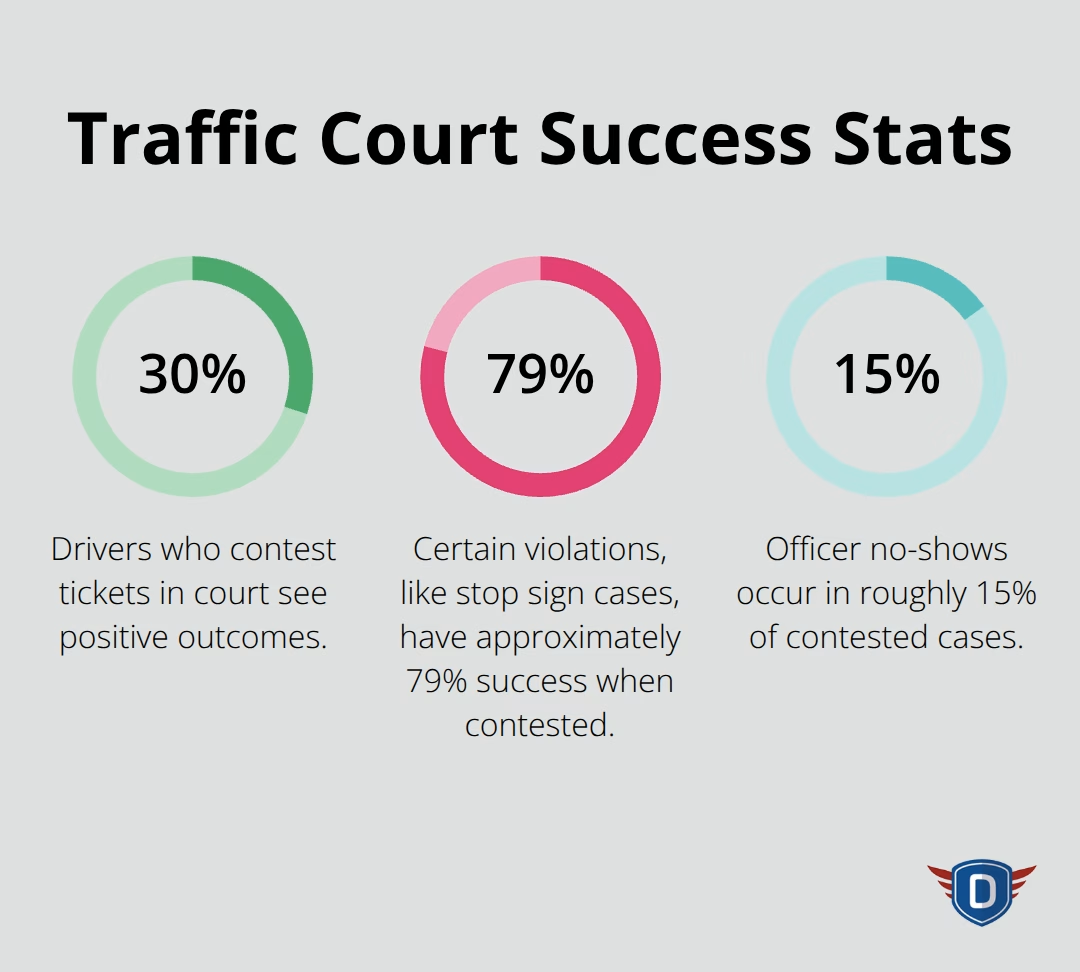
Your Legal Response Options
You have three response options after you receive a ticket. Payment of the fine admits guilt and adds points to your record. A not guilty plea requires a court appearance but preserves your right to contest the evidence.
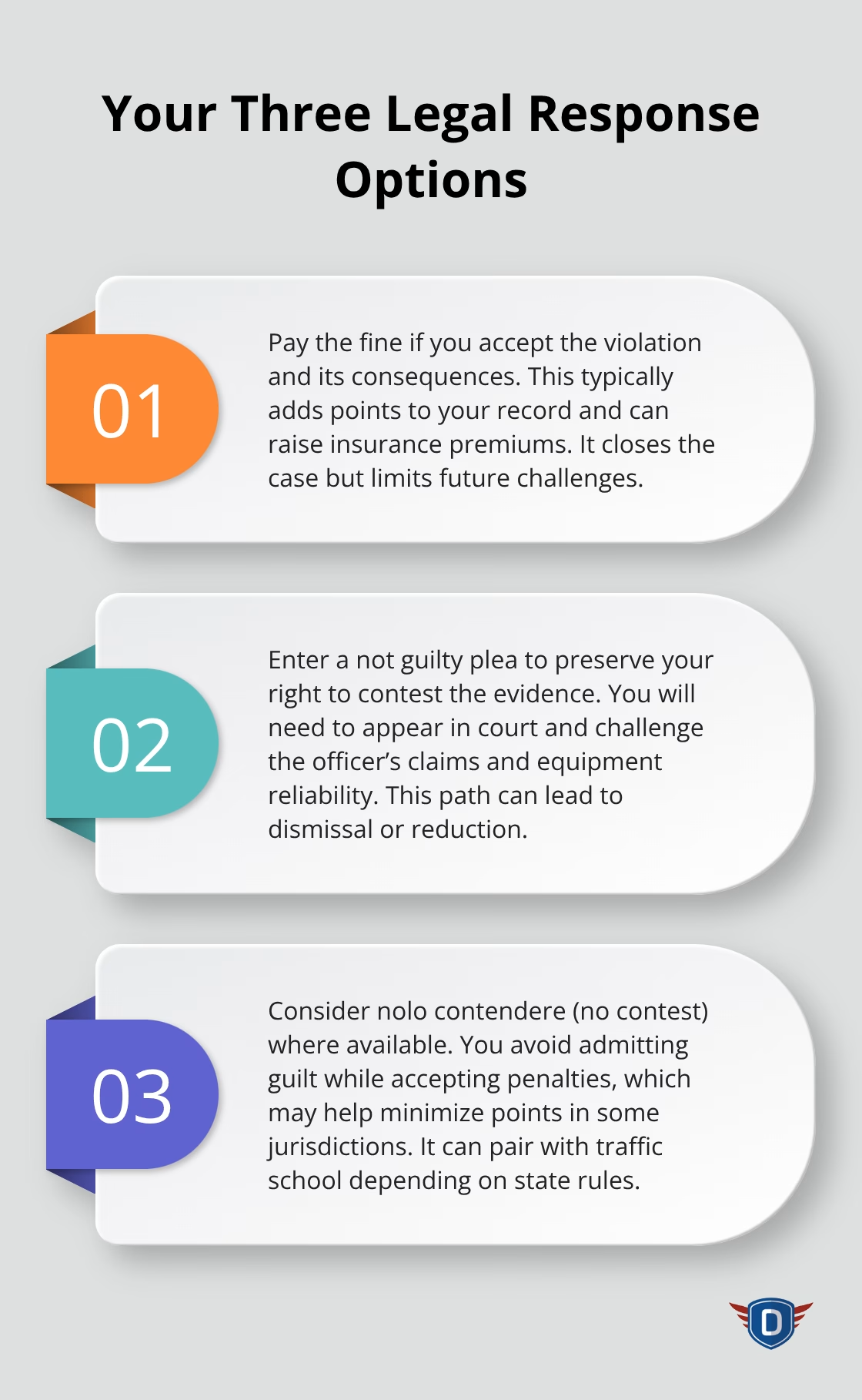
Some states offer a third option called nolo contendere or no contest, which avoids admission of guilt while accepting penalties. Traffic school programs serve a dual purpose: educating drivers on safe driving practices and offering a means to reduce points on their driving records in certain jurisdictions.
These response choices directly impact how you build your defense strategy and challenge the evidence against you.
How Can You Challenge Speed Detection Evidence
Speed detection equipment fails more often than most drivers realize. Radar guns require regular calibration according to manufacturer specifications, yet many police departments skip this maintenance due to budget constraints. Request calibration records for the specific device used during your stop through a discovery motion. Missing or expired calibration certificates create reasonable doubt about the accuracy of your speed reading.
Equipment Malfunction and Environmental Interference
Radar and LiDAR devices produce false readings when radio frequency interference occurs from cell towers, construction equipment, or other electronic devices. Weather conditions like heavy rain or fog scatter laser beams and create inaccurate measurements. The National Institute of Standards and Technology reports that radar guns have measurement variations under ideal conditions, but this increases significantly during adverse weather.
Document weather conditions from the day you received your ticket with historical weather data from the National Weather Service. Officers must also maintain proper distance and angle when they use speed detection equipment. LiDAR requires a clear line of sight and specific targeting of your vehicle rather than multiple vehicles in traffic.
Officer Training Requirements and Certification Gaps
Most states require officers to complete 8-40 hours of training before they operate speed detection equipment, but certification lapses frequently occur. Request the officer’s training records, certification dates, and any continuing education requirements through the discovery process. Officers must also log regular practice sessions with their equipment to maintain proficiency.
Missing training documentation or expired certifications can invalidate the speed measurement entirely (courts have dismissed cases when officers lacked proper certification). The officer’s experience level with the specific device model also matters for accuracy.
Road Signage and Visibility Issues
Speed limit signs must be visible from 500 feet under federal highway standards, and construction zones require proper advance warning signage. Take photographs of obscured, damaged, or missing speed limit signs to support your defense. Poor visibility conditions at the time of your stop can also affect the officer’s ability to accurately target your vehicle.
Temporary construction signs that contradict permanent speed limit postings create confusion about the actual speed limit (this ambiguity often leads to successful defenses). These technical challenges to the evidence set the foundation for how you present your case effectively in court.
How Do You Win Your Court Case
Court success depends on methodical evidence organization and professional presentation. Create a chronological timeline of events from when you first saw emergency lights through ticket issuance. Include photographs of the traffic stop location, road conditions, speed limit signs, and any obstructions that affected visibility.
GPS data from your smartphone or vehicle can contradict the officer’s speed measurement. Modern GPS systems record speed with accuracy within 2-3 mph when vehicle speed was less than 25 mph. Dashcam footage provides the strongest evidence since it captures real-time conditions and your actual speed.
Weather reports from the National Weather Service for the exact time and location support claims about poor visibility or conditions that affected radar accuracy.
Evidence Collection and Documentation
Gather all physical evidence before your court date. Request calibration records for the speed detection device through a discovery motion. Expired certificates immediately weaken the prosecution’s case and create reasonable doubt about measurement accuracy.
Document the exact location where the officer positioned the radar gun. Take photographs from multiple angles to show sight lines, traffic patterns, and potential interference sources. Radio frequency interference from construction equipment or cell towers can cause false radar readings.
Collect witness statements from passengers who can verify your speed or the conditions during the stop. Their testimony adds credibility to your defense when they provide consistent details about the incident.
Testimony Structure and Court Arguments
Present your defense in three phases: challenge the equipment reliability, question the officer’s observations, and establish reasonable doubt about the violation. Address specific technical failures like radio frequency interference from nearby construction or multiple vehicles that could cause radar confusion.
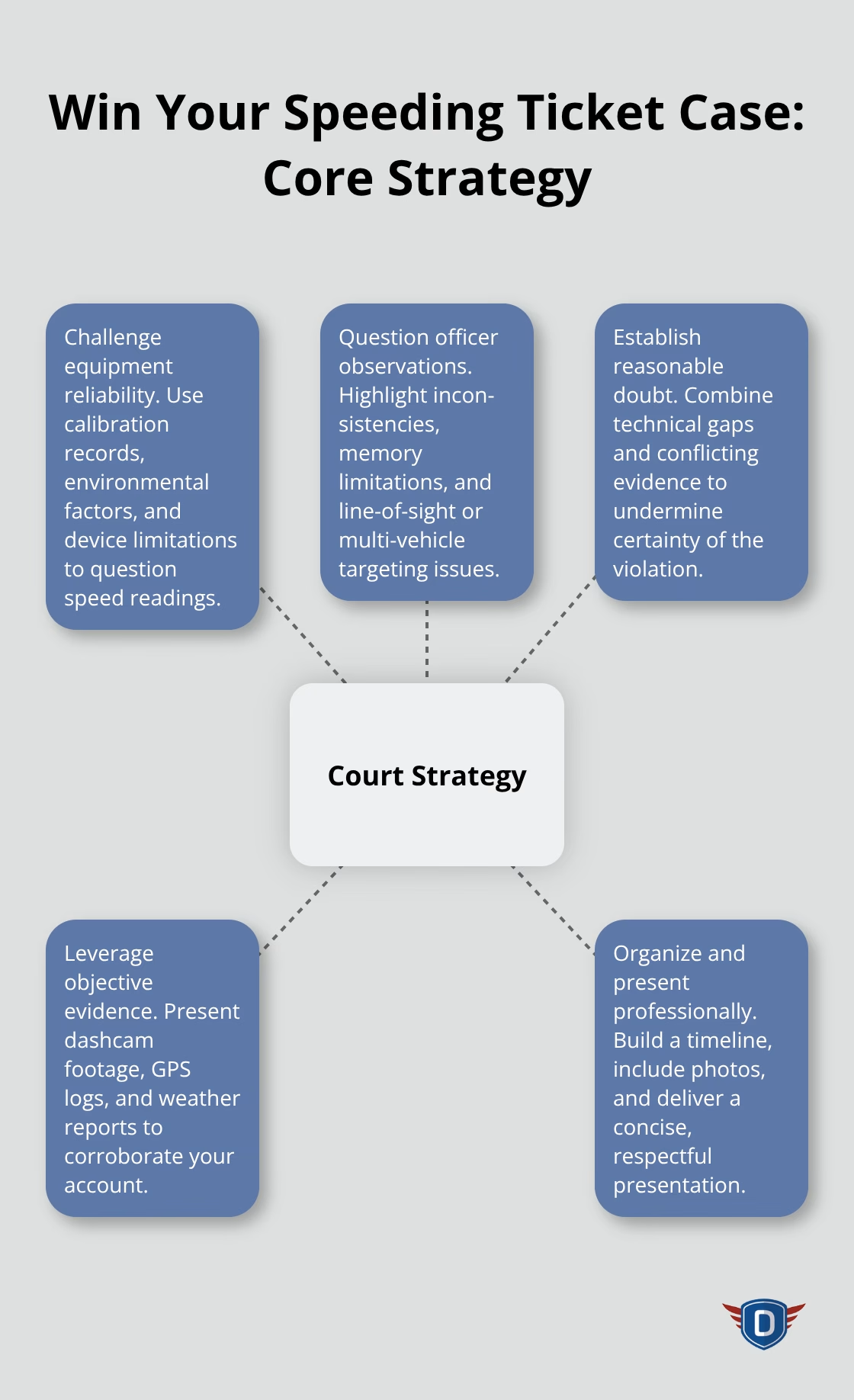
Officers frequently cannot recall specific details about individual stops when they issue dozens of tickets weekly. Point out inconsistencies between the officer’s report and physical evidence like road layout or sight lines.
Certain traffic violations like stop sign violations have approximately 79% success rates when contested. Speak clearly, address the judge directly, and avoid emotional arguments that undermine your credibility.
Courtroom Procedures and Professional Conduct
Arrive 30 minutes early to locate your courtroom and observe other cases before yours. Dress in business attire and bring multiple copies of all documents for the judge, prosecutor, and court clerk.
Stand when you address the court and refer to the judge as Your Honor throughout the proceeding. Present evidence methodically rather than overwhelming the court with excessive documentation.
Most traffic court sessions last 5-10 minutes per case, so practice a concise presentation that covers your main points efficiently. Request dismissal if the citing officer fails to appear (this happens in roughly 15% of contested cases according to traffic court statistics).
Final Thoughts
Traffic courts dismiss speeding tickets when drivers challenge equipment accuracy through calibration records, question officer training and certification, and document road conditions that affected the violation. These technical defenses create reasonable doubt about the evidence against you. Mastering how to fight a speeding ticket saves hundreds of dollars in fines and prevents insurance rate increases that last for years.
Hire a traffic attorney when you face reckless driving charges, license suspension, or multiple violations. Legal representation costs several hundred dollars but prevents thousands in insurance increases and protects your driving record from serious consequences. The investment pays for itself when you avoid the long-term financial impact of points on your license (insurance companies track violations for three to five years).
A clean driving record maintains lower insurance rates and prevents automatic license suspension. You also stay eligible for safe driver discounts that reward violation-free drivers. We at floridanewdriver.com provide driver education programs that teach defensive techniques to help you avoid future traffic violations.


